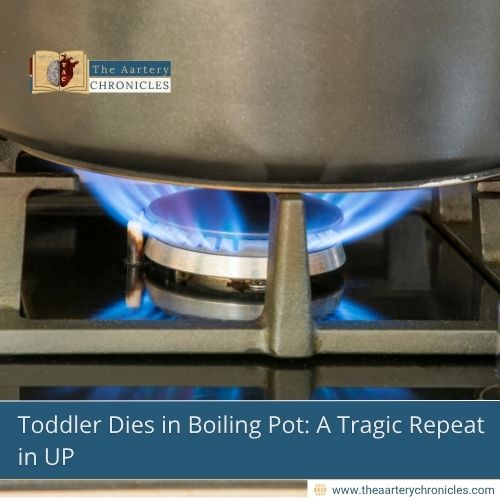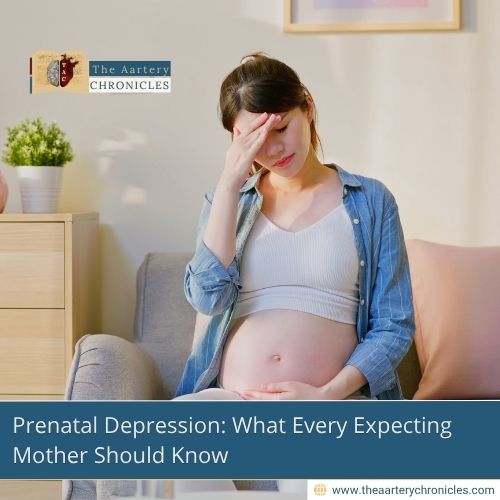

Why Your Back “Pop” Feels Good but Could Be Risky
Many people love the satisfying “pop” that comes with cracking their back. It can feel like instant relief after sitting too long or dealing with stiffness. But is cracking your back safe in the long run? Medical experts say occasional cracking is usually harmless, but doing it too often or with too much force may put your spine at risk.
Recent research, including a study in the Journal of Manipulative and Physiological Therapeutics, shows that spinal adjustments can sometimes help with short-term low back pain. However, if performed incorrectly, they may also cause issues such as muscle strain or even nerve irritation. Understanding how back cracking works, as well as its benefits and risks, is key to keeping your spine healthy.
What Happens When You Crack Your Back?
The “popping” noise you hear during a crack is called crepitus. It happens when gas bubbles inside the fluid of your spinal joints collapse due to changes in pressure. While the sound may feel satisfying, it does not mean your spine has been realigned or permanently fixed. In fact, the relief you feel is usually temporary and more related to pressure release than true joint correction.
Potential Risks of Frequent Back Cracking
Although occasional back cracking is generally safe, doing it too often or too aggressively can create problems over time. Some possible risks include:
- Nerve irritation or injury: Pinched nerves can cause pain, tingling, or weakness.
- Muscle strain: Overstretching can lead to muscle tears or soreness.
- Joint instability: Repeated cracking may loosen ligaments, raising the risk of arthritis later.
- Blood vessel damage: Though extremely rare, aggressive manipulation can harm blood vessels, which in rare cases have been linked to strokes or aneurysms.
When Should You Avoid Cracking Your Back?
Cracking your back is not recommended if you:
- Feel sharp pain during or after cracking
- Have conditions like osteoporosis or herniated discs
- Rely on cracking multiple times a day for relief
- Try forceful or unsafe techniques without proper guidance
In these cases, it is safer to seek medical advice or consult a licensed chiropractor or physiotherapist.
Safer Alternatives to Back Cracking
If you want the benefits of back relief without the risks, try these safer options instead:
- Gentle stretching: Improves flexibility and reduces stiffness.
- Core strengthening: Supports your spine and lowers the chance of discomfort.
- Posture correction: Helps prevent back strain caused by slouching.
- Heat or cold therapy: Relaxes muscles and calms inflammation.
- Professional care: A licensed healthcare provider can perform safe spinal adjustments when necessary.
Conclusion
So, is cracking your back safe? The answer is: in moderation, yes. An occasional pop can feel good and release tension, but doing it frequently or with too much force can strain your muscles, loosen ligaments, and even affect nerves. By understanding the science behind back cracking and choosing safer alternatives like stretching, strengthening, and good posture, you can keep your spine healthy without unnecessary risks.
Awareness and balance are the keys to enjoying relief without harm.
Source: Inputs from various media Sources
I’m a pharmacist with a strong background in health sciences. I hold a BSc from Delhi University and a pharmacy degree from PDM University. I write articles and daily health news while interviewing doctors to bring you the latest insights. In my free time, you’ll find me at the gym or lost in a sci-fi novel.
- Priya Bairagi
- Health News and Updates,People Forum
- 4 October 2025
- 13:00








